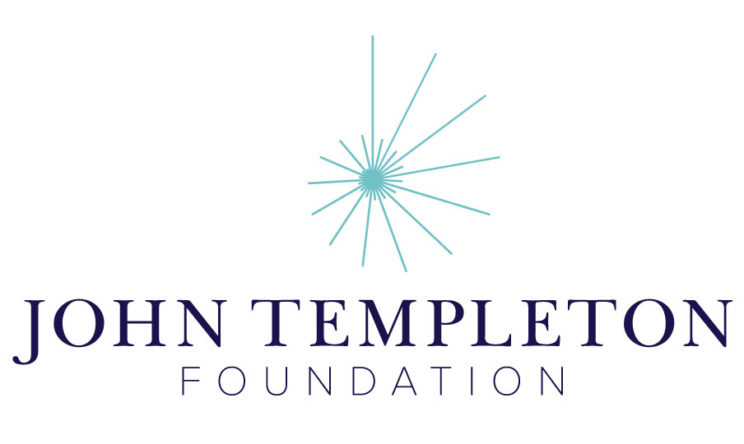Modeling the Dynamics of Cultural Diversification
Introduction to Birth-Death Processes and LiteRate
In this tutorial we introduce the linear birth-death process as a statistical model for cutting through stochasticity in diversification rates. We also introduce LiteRate, an unsupervised machine-learning algorithm built on birth-death processes designed to identify statistically-signifcant shifts in diversification rates (Silvestro et al., 2019). Finally, we show users how to run LiteRate on their own data. Empirically, the module introduces the diversification of Metal bands active from 1968-2000 as a means to understand the history of the Metal music genre.
Google Colaboratory Environment. These tutorials are built in the Google Colaboratory Environment. To access these tutorials, you must be logged in to a Google account with Google Colaboratory (Colab) installed. Colab is a free resource linked to Google accounts that runs Python notebooks on the cloud and attaches to your Google Drive. If you do not have Colab installed, it can be found here: https://gsuite.google.com/marketplace/app/colaboratory/1014160490159. When you open a Colab notebook, Google creates a virtual machine for you with Python and the most relevant scientific packages preinstalled. Because it is a complete virtual machine, you can also install your own Python packages, download software from Github, link files from your Google Drive, run command line programs, and use a GPU/TPU. We make use of some of these features throughout the tutorials. If you are new to Colab, an introduction, overview, and list of resources are available here: Welcome to Colaboratory.
How to start this tutorial
- Sign in to your Google account.
- Install the Drive-addon 'colaboratory' on your Google Drive.
-
 Download Tutorial 2: Birth-Death Processes to your Colab-connected Google Drive.
Download Tutorial 2: Birth-Death Processes to your Colab-connected Google Drive. - Choose 'Colaboratory' from the 'Open with' menu at the top of your Google Drive window.
Key Takeaways:
- Birth-death processes are statistical models for estimating the underlying birth and death rates from noisy occurence data.
- Our statistical models are built on the likelihood of the linear birth-death process defined above.
- LiteRate estimates dynamic origination and extintion rates of a population of cultural lineages from occurence data (i.e. birth and death times). The algorithm identifies statistically-significant rate shifts in the data that suggest the influence of evolutionary mechanisms or historic events.
References
Crawford, Forrest W., Vladimir N. Minin, and Marc A. Suchard. ‘Estimation for General Birth-Death Processes’. Journal of the American Statistical Association 109, no. 506 (3 April 2014): 730–47. [Link]
Green, Peter J. ‘Reversible Jump Markov Chain Monte Carlo Computation and Bayesian Model Determination’. Biometrika 82, no. 4 (1 December 1995): 711–32. [Link]
Keiding, Niels. ‘Maximum Likelihood Estimation in the Birth-and-Death Process’. The Annals of Statistics 3, no. 2 (March 1975): 363–72. [Link]
Kendall, David G. ‘On the Generalized “Birth-and-Death” Process’. The Annals of Mathematical Statistics 19, no. 1 (March 1948): 1–15. [Link]
Novozhilov, Artem S., Georgy P. Karev, and Eugene V. Koonin. ‘Biological Applications of the Theory of Birth-and-Death Processes’. Briefings in Bioinformatics 7, no. 1 (1 March 2006): 70–85. [Link]
Silvestro, Daniele, Nicolas Salamin, Alexandre Antonelli, and Xavier Meyer. ‘Improved Estimation of Macroevolutionary Rates from Fossil Data Using a Bayesian Framework’. Paleobiology 45, no. 4 (2019): 546–70. [Link]
Silvestro, Daniele, Nicolas Salamin, and Jan Schnitzler. ‘PyRate: A New Program to Estimate Speciation and Extinction Rates from Incomplete Fossil Data’. Methods in Ecology and Evolution 5, no. 10 (2014): 1126–1131. [Link]
Silvestro, Daniele, Jan Schnitzler, Lee Hsiang Liow, Alexandre Antonelli, and Nicolas Salamin. ‘Bayesian Estimation of Speciation and Extinction from Incomplete Fossil Occurrence Data’. Systematic Biology 63, no. 3 (2014): 349–367. [Link]
This project was supported by Grant #61105 from the John Templeton Foundation to the University of Tennessee, Knoxville (PIs: S. Gavrilets and P. J. Richerson) with assistance from the Center for the Dynamics of Social Complexity and the National Institute for Mathematical and Biological Synthesis at the University of Tennessee, Knoxville.

The Cultural Evolution Society's Online Learning Tutorial Series is licensed under a Creative Commons Attribution-NonCommercial-ShareAlike 4.0 International License. For designers' contact information, click here.



